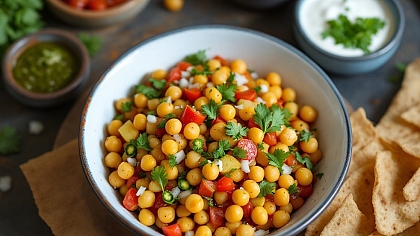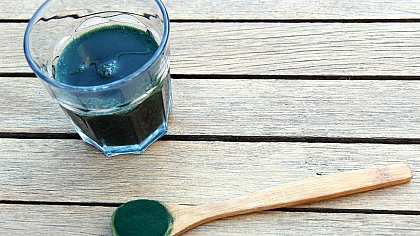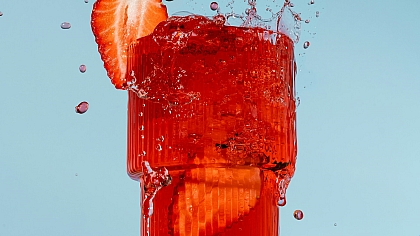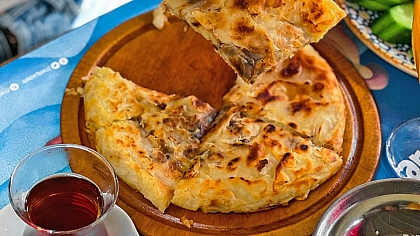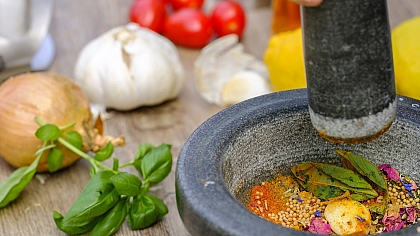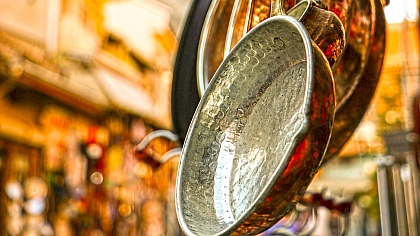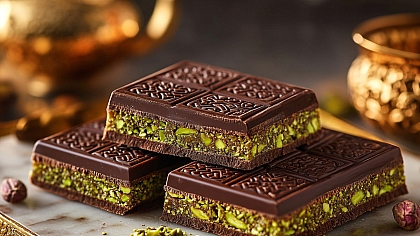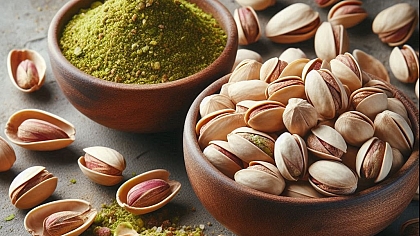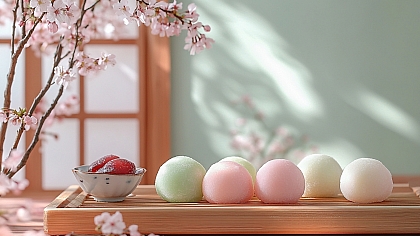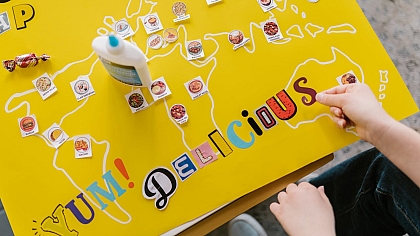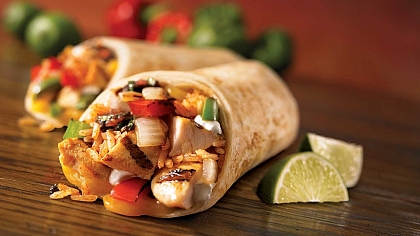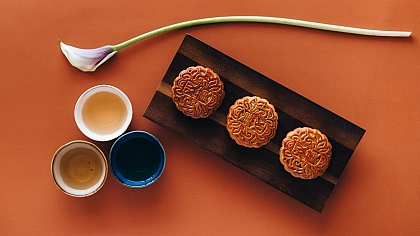
The Art of Attractive Food Packaging from Around the World
In the world of culinary delights, it's not just the taste that matters; presentation plays a significant role in enticing customers. Attractive food packaging goes beyond mere functionality; it serves as an art form that can captivate consumers and even become coveted collector's items.
From Korean candy wrappers to Japanese beverages with colourful fonts, let's embark on a journey to explore the diverse and visually appealing world of food packaging.
Korean Candy Wrappers: A Burst of Creativity
Korea is known for its vibrant and innovative food culture, and its candy packaging is no exception. Korean candy wrappers are a testament to the country's knack for blending tradition with modernity, all while delivering a delightful sensory experience. These wrappers often feature a harmonious blend of vivid colours, intricate designs, and appealing imagery.
One striking example is the packaging of "Choco Pie," a popular Korean snack. These chocolate-covered marshmallow treats are not only delicious but also wrapped in charming, eye-catching packaging. The pastel-coloured boxes adorned with whimsical illustrations make Choco Pie an irresistible treat even before you open the box. Collectors eagerly hunt for different Choco Pie designs, turning them into coveted items.
Japanese Beverages: A Typography Extravaganza
Japan is a country known for its meticulous attention to detail, and this extends to its beverage packaging. Japanese beverages, such as sodas and teas, often feature colourful fonts and typography that are nothing short of an art form. The Japanese have mastered the art of combining elegance with modernity, creating packaging that appeals to both traditional and contemporary sensibilities. In fact, Japanese vending machines are known for their striking visual appeal.
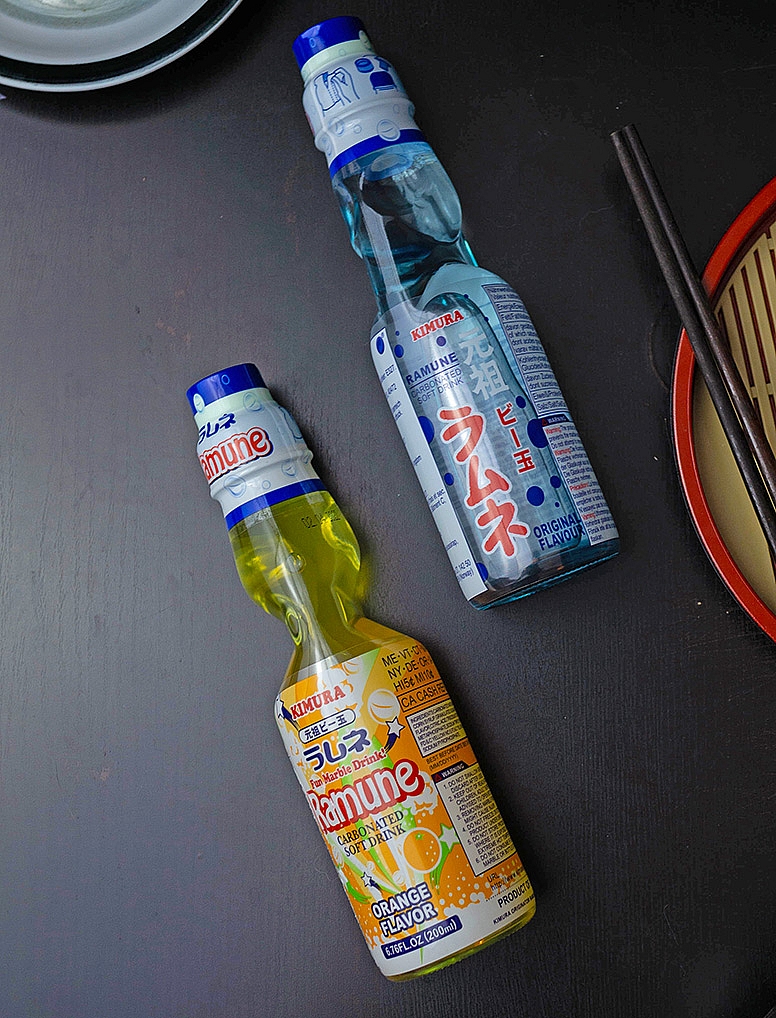
One example that stands out is Ramune, a carbonated soft drink that comes in an iconic, marble-sealed glass bottle. The bold, vibrant writing on the label is not just informative but also visually captivating. The playful, colourful design of Ramune bottles attracts consumers of all ages, and many people collect these bottles for their unique shapes and labels. Some limited-edition Ramune designs have even become valuable collector's items.
Collectors' Paradise
The appeal of attractive food packaging goes beyond just indulging one's senses; it has become a fascinating hobby for many collectors worldwide. Collectors often hunt for rare or limited-edition packaging designs, making it a unique niche in the world of collectables.
For instance, collectors of Korean snacks eagerly search for limited-edition packaging, turning their hobby into a treasure hunt. These collectors appreciate the creativity and innovation displayed on candy wrappers, making them sought-after items in their collections.
Japanese beverage enthusiasts, on the other hand, focus on the wide range of unique bottle designs and labels. The collectable nature of Japanese beverage packaging has given rise to a dedicated community of collectors who exchange, display, and value these items.
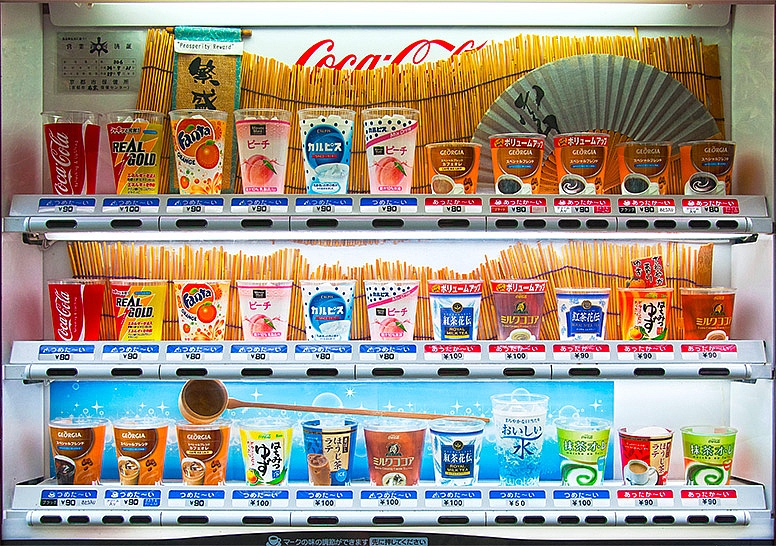
The Japanese Kit Kat Craze: A Flavourful Trend Beyond Borders
Japanese Kit Kats have become a cultural phenomenon, celebrated for their wide array of unique flavours and limited-edition packaging. While the classic Kit Kat is well-known around the world, Japan has taken this simple chocolate wafer treat to a whole new level of creativity and popularity. Here's a closer look at Japanese Kit Kats:
1. Flavour Innovation - Variety: Japanese Kit Kats are renowned for their extensive range of flavours, some of which are exclusive to Japan. These flavours go far beyond the standard chocolate and include options like matcha green tea, sake, sweet potato, melon, cheesecake, and wasabi, among many others. Limited-edition flavours are frequently released to coincide with seasons, holidays, or regional specialities.
2. Regional Varieties - Local Flavours: Japanese Kit Kats often feature regional and seasonal variations. Different regions of Japan produce Kit Kats with flavours and ingredients unique to their area. For example, Hokkaido might offer dairy-themed Kit Kats, while Kyoto might showcase matcha or sakura (cherry blossom) flavours.
3. Collectible Packaging - Collector's Items: The packaging of Japanese Kit Kats is frequently adorned with colourful and intricate designs that celebrate various aspects of Japanese culture, nature, and seasons. These limited-edition packaging designs have become sought-after collector's items, enticing consumers to purchase not only for the taste but also for the visual appeal.
4. Gifting Culture - Omiyage: Kit Kats are often exchanged as "omiyage" (souvenirs or gifts) in Japan. The diverse flavours and regional varieties make them ideal gifts for friends and family when returning from a trip or as tokens of appreciation.
5. Collaboration and Partnerships Unique Collaborations: Kit Kat in Japan has collaborated with other brands and artists to create limited-edition flavours and packaging. For example, they have partnered with popular mascots, characters from anime series, and even sake breweries to craft unique Kit Kat experiences.
6. Special Editions - Luxury and Premium: Beyond the standard Kit Kats, Japan also offers premium and luxury editions, often featuring higher-quality chocolate and packaging. These are often designed for special occasions and gifts.
7. Popularity Abroad - Exported Treasures: Japanese Kit Kats have gained popularity among international travellers and enthusiasts who seek out these unique flavours and packaging. In some countries, speciality stores and online retailers import Japanese Kit Kats to meet the demand of curious consumers.
In Japan, the combination of innovative flavours, regional specialities, and creative packaging has elevated Kit Kats to a cultural icon and a beloved treat. The constant introduction of new flavours and designs keeps consumers excited and engaged, making Japanese Kit Kats a fascinating and delicious aspect of Japan's snack culture.
Whether you're a fan of traditional flavours or adventurous taste experiences, Japanese Kit Kats have something to offer for everyone.
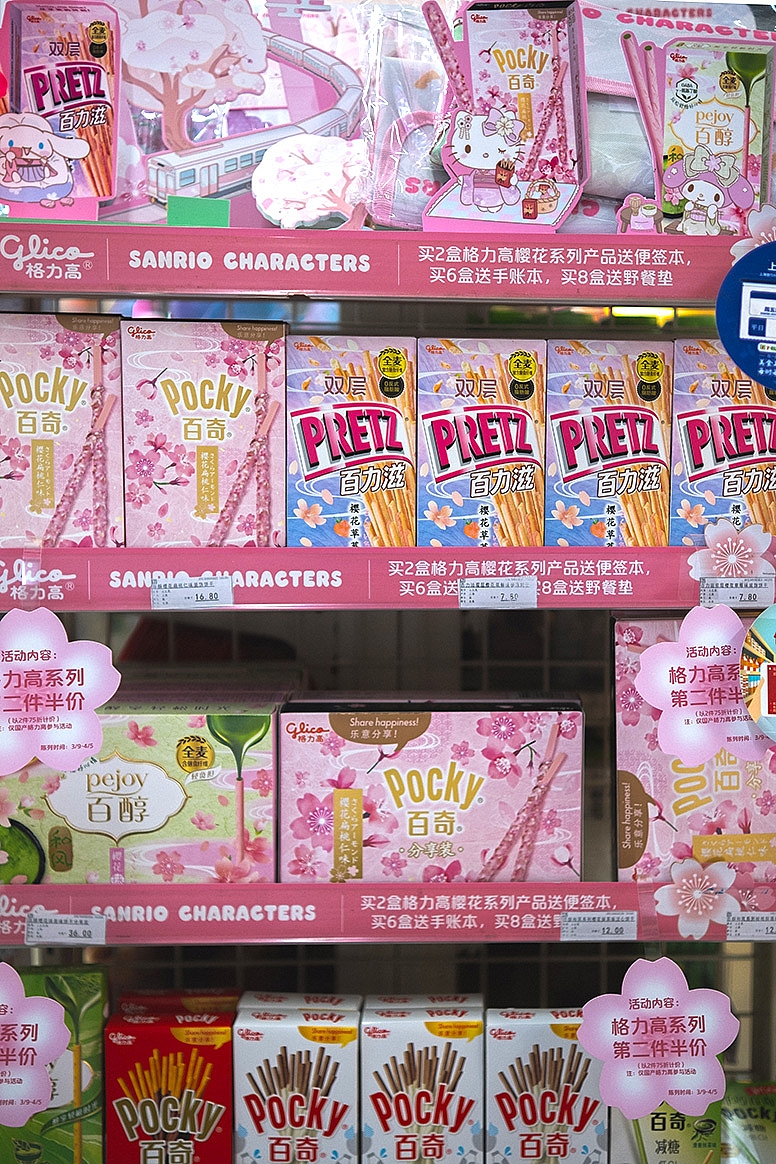
Far Eastern countries, such as Japan, South Korea, China, and Taiwan, have a rich variety of snack brands known for their unique and eye-catching packaging. Here are some examples:
1. Pocky (Japan):
Pocky, a popular Japanese snack, comes in slender, colourful boxes with a transparent window displaying the iconic biscuit sticks covered in various flavoured coatings. The packaging features playful graphics and is instantly recognizable.
2. Hello Panda (Japan):
Hello Panda is known for its charming, panda-themed packaging. Each biscuit is printed with a different panda expression, and the packaging often features cute panda illustrations that appeal to both children and adults.
3. Calbee (Japan):
Calbee, a Japanese snack company, is famous for its wide range of potato chips. The packaging often showcases vibrant and appetizing images of the snack's flavour, whether it's classic salted chips or unique regional flavours.
4. Lotte Pepero (South Korea):
Similar to Pocky, Pepero is a South Korean snack featuring biscuit sticks coated in various flavours. The packaging is sleek and modern, with bold colours and minimalist design, making it visually appealing and easily recognizable.
5. Want Want Rice Crackers (Taiwan):
Want Want is a Taiwanese brand known for its rice crackers. The packaging is often adorned with traditional Chinese motifs, bright colours, and images of the crackers themselves, creating an inviting and nostalgic feel.
6. White Rabbit Creamy Candy (China):
White Rabbit Creamy Candy is a classic Chinese sweet. The candy is individually wrapped in edible rice paper, and the packaging often features the iconic white rabbit mascot in a retro, vintage style that evokes nostalgia.

7. Befco (China):
Befco produces a variety of fruit-flavoured snacks in China. Their packaging typically features vibrant fruit illustrations, making the snacks appear as if they are bursting with real fruit flavours.
8. Yan Yan (Japan/Taiwan):
Yan Yan is a snack that combines crunchy biscuit sticks with a creamy dip. The packaging includes a playful and interactive element where consumers can dip the sticks themselves. The packaging often features playful characters and bright colours.
9. Kameda Crisps (Japan):
Kameda Crisps is known for its innovative flavours and artistic packaging. The packaging often features Japanese cultural motifs, such as cherry blossoms or traditional patterns, which add to the appeal of the product.
10. Lay's (China):
Lay's potato chips in China often come in eye-catching packaging with vibrant colours and dynamic graphics. They may feature limited-edition flavours tied to Chinese holidays or regional specialities.
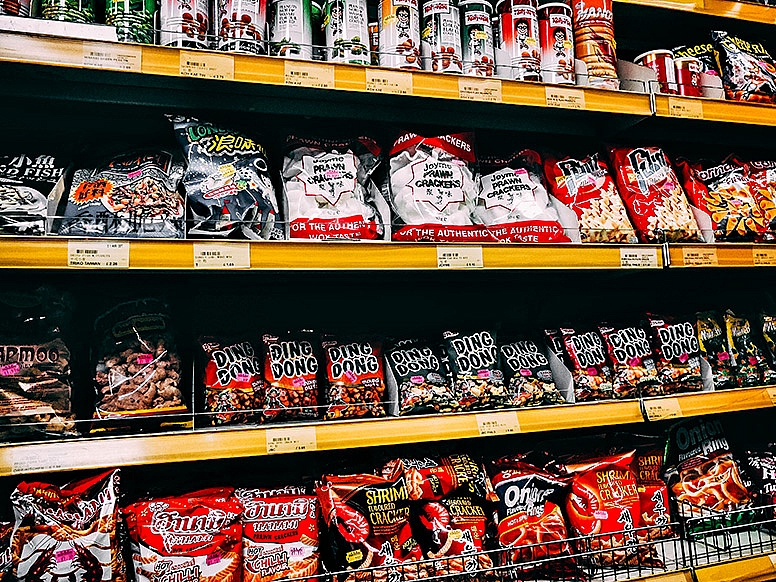
These examples showcase the diversity and creativity in Far Eastern snack packaging. From playful and cute designs to culturally inspired motifs, these brands leverage their packaging to not only protect the snacks but also create a visual identity that resonates with consumers, making them stand out on the shelves and in the minds of snack enthusiasts.
Attractive food packaging from around the world is more than just a means to encase delicious treats; it is an art form that can tantalize the senses, evoke emotions, and even become coveted collector's items. Korean candy wrappers and Japanese beverage packaging stand as prime examples of how creative and visually appealing packaging can elevate the entire culinary experience.
In an era where aesthetics play a significant role in consumer choices, it's clear that the art of food packaging is here to stay. So, the next time you reach for a snack or beverage, take a moment to appreciate the thought and creativity that went into its packaging. Who knows, you might just discover a new collector's item waiting to be added to your treasure trove of culinary art.

